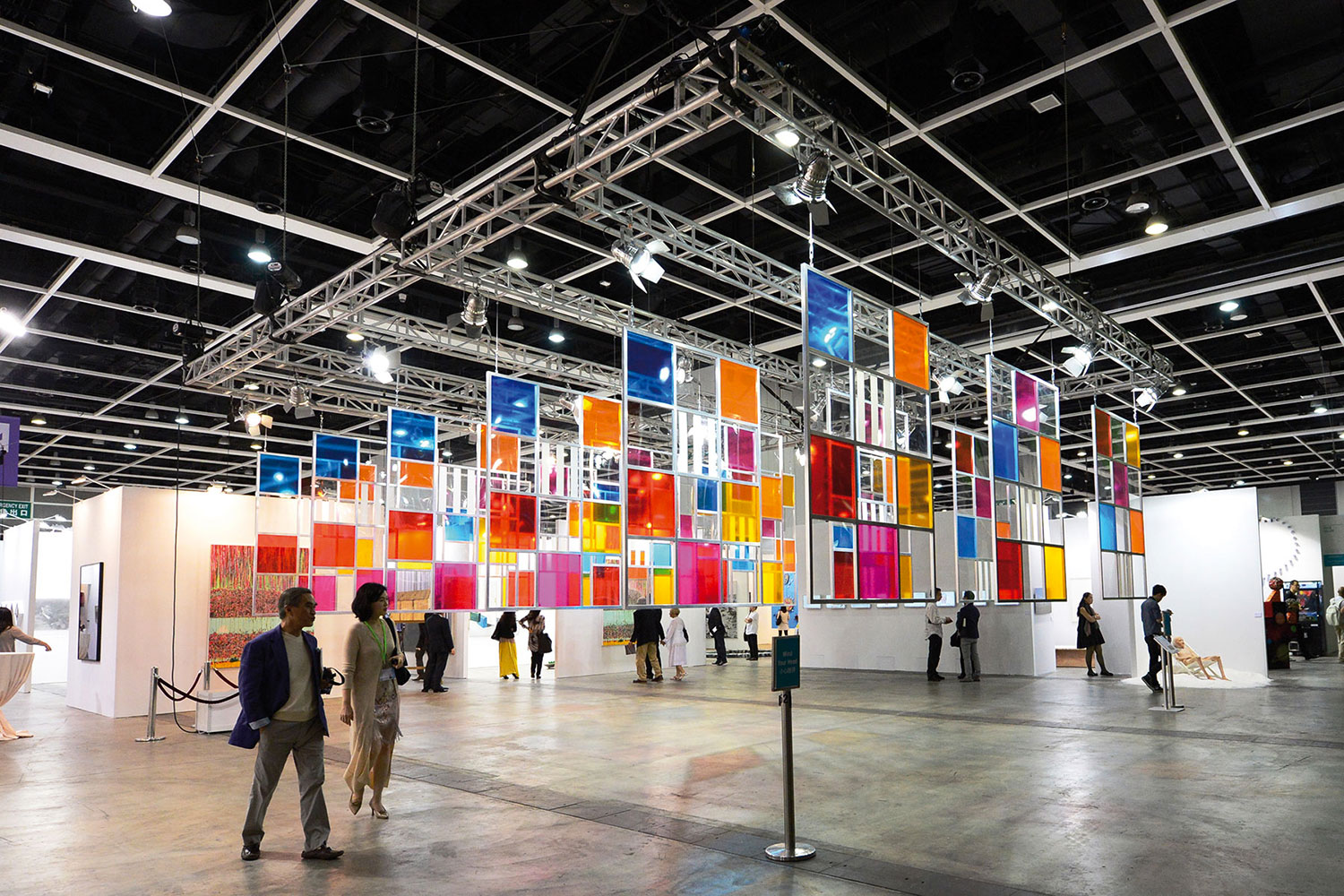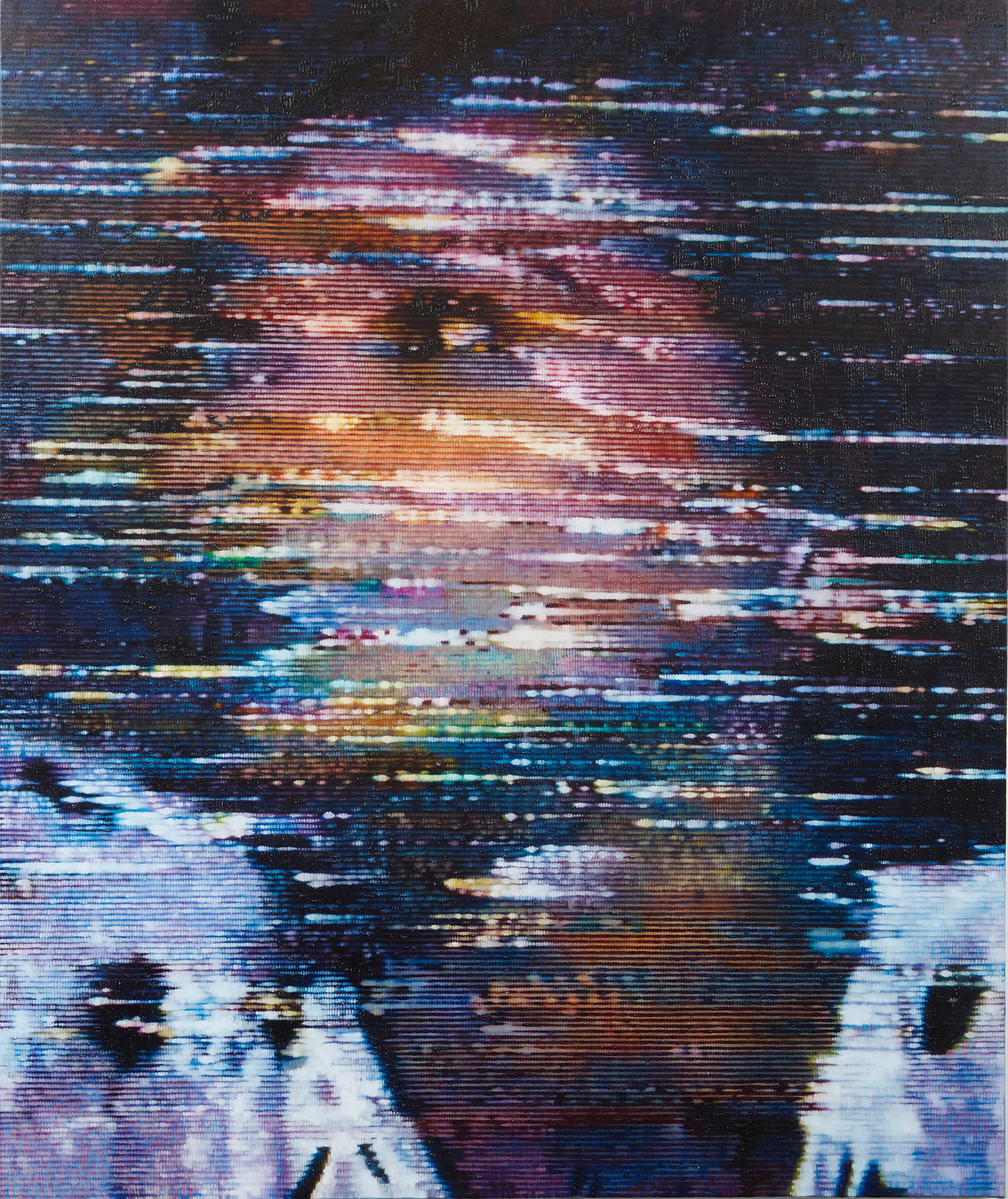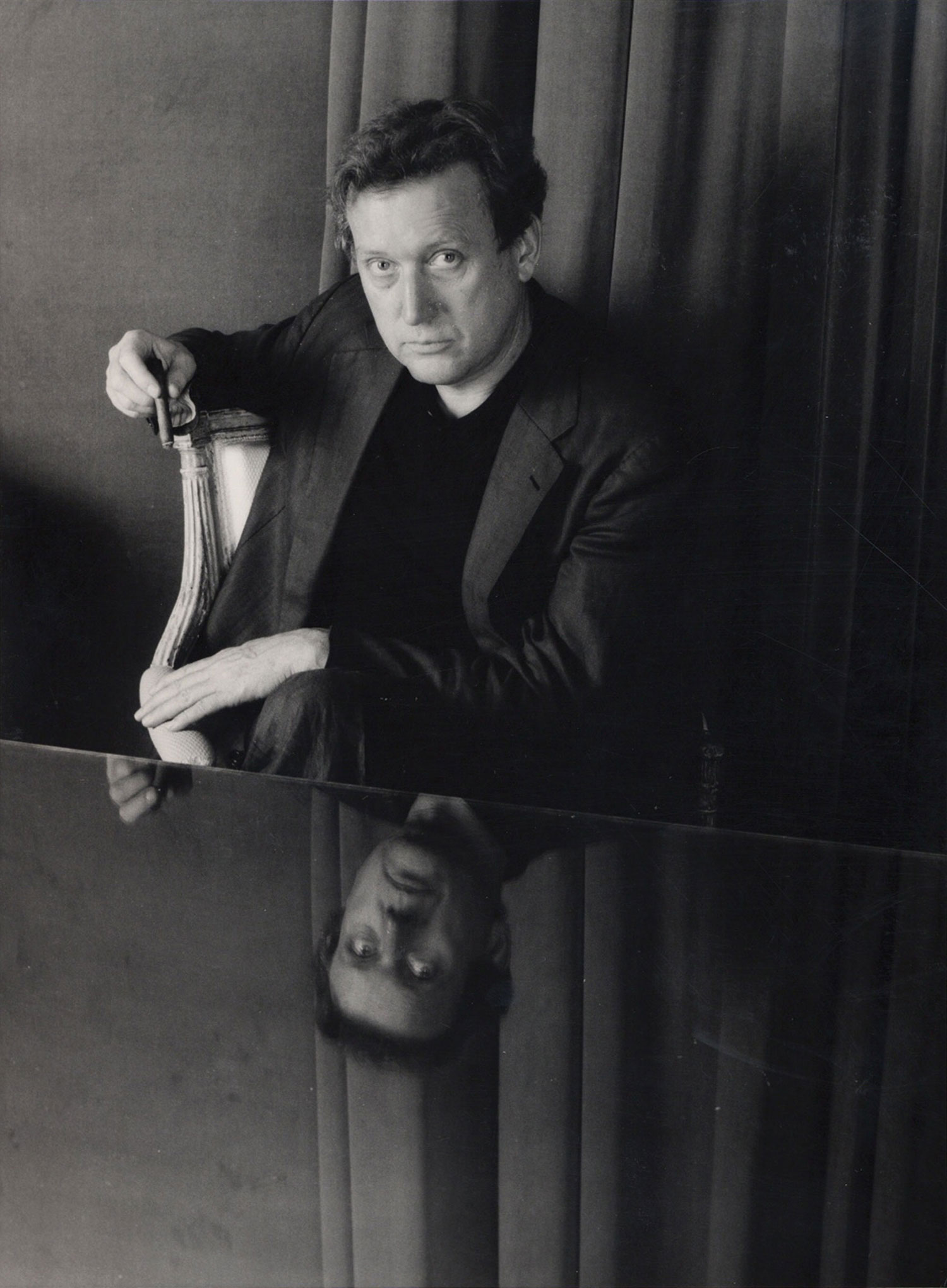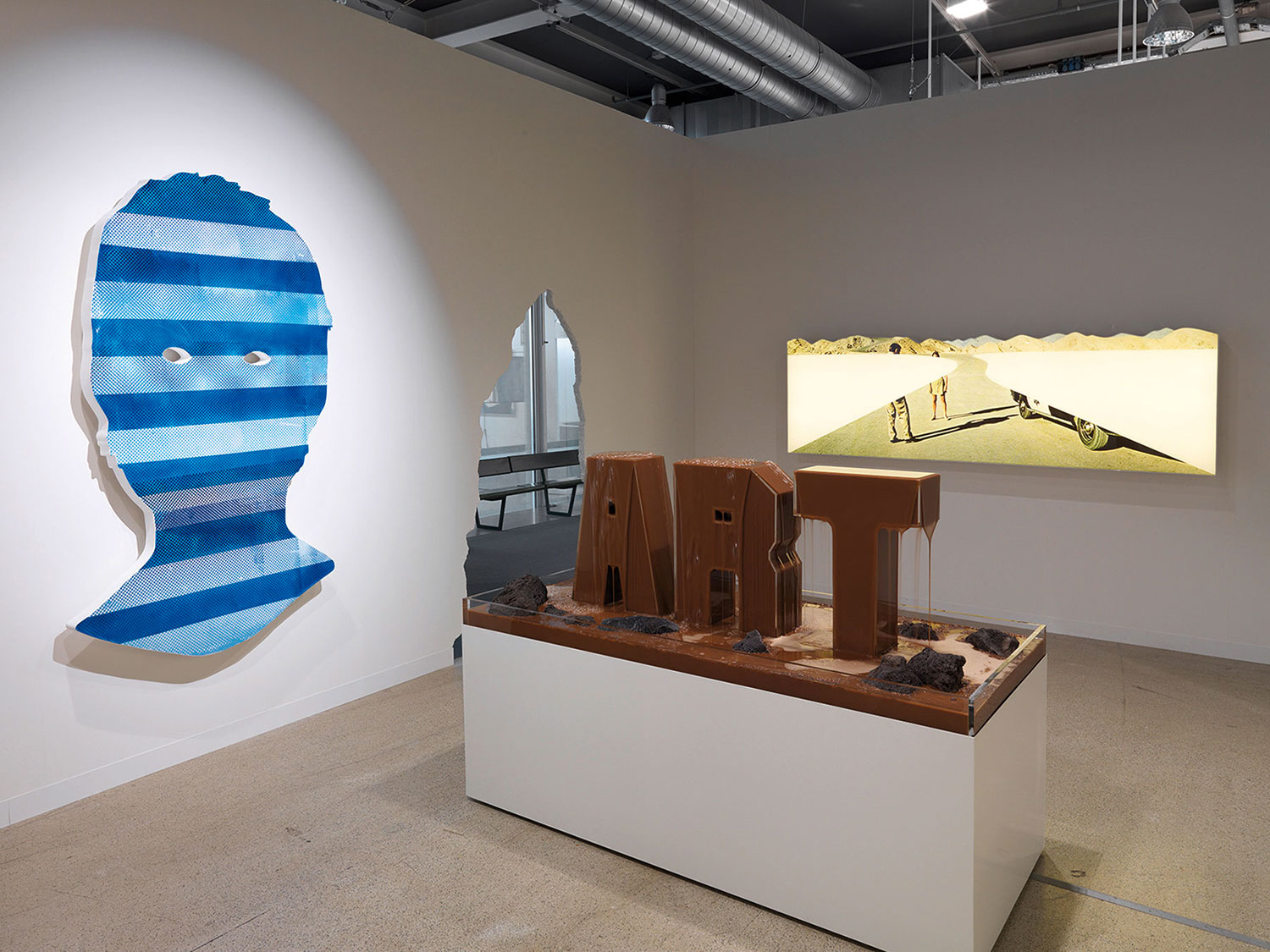While museums the world over are deliberating the pecking order of emerging art scenes to engage in, typically the Middle East, Latin America or North Africa, the Guggenheim announces its stakes in a relatively unexplored territory: South and Southeast Asia, through the Guggenheim UBS Map Global Initiative. Promising as it may sound, I admit, I am rather bewildered by it.
First of all, South Asia and Southeast Asia are two regional constructions, not one homogeneous, monolithic cultural block. Home to at least 500 to 600 million inhabitants, with between 7 to 700 languages spoken in each country, they take up an area that is more than twice the size of the European Union. Every country is a fresh new terrain for the Guggenheim except for the subcontinent of India, Pakistan and Afghanistan, where it had some brief explorations. The Guggenheim could not have chosen a more disparate mix.
Interestingly, the museum’s answer to the vastness is surprisingly simple: they have tasked a single English-speaking curator, June Yap, with selecting “new and recent artworks that represent key artists, movements, collaboratives and creative networks” for the Guggenheim’s permanent collection and touring exhibitions. Even as Richard Armstrong, the Director of the Guggenheim, qualifies it as “the initial step” to “get beyond the point of ignorance,” before becoming “nuanced and recognize that this is an enormously varied and physically vast part of the world with a huge and creative population,” the endeavor is not without contention.
“Lumping South and Southeast Asia is preposterous; it signals a regression into a colonial picture in which Southeast Asia is an appendage of the other. It is a regression, as there is no other precedent,” says T.K. Sabapathy, a noted art historian who teaches Southeast Asian Art History at National University of Singapore and Nanyang Technological University.
Why only one, and not a team of experts who can provide unfiltered and multiple perspectives, with a command of not only English but other languages that providinge direct access to the discourse of artists, artistic communities, cultural practices and scholarship? How convincing can scholarship via the English language be, when “new and recent artworks that reflect a range of each region’s most salient cultural practices and intellectual discourses” are first written and discussed in the vernacular?
“In principle, for a curator to be appointed to be in charge of Southeast Asian art at a museum or gallery of contemporary art without at least reading competence in Thai, Bahasa Melayu or Bahasa Indonesia is ludicrous,” says John Clark, a noted scholar and Professor of Asian Art History at the University of Sydney. It is not just languages that need interpretation, but also local codes for the appreciation of contexts. Unlike the West, “each of these countries in Asia has its own cultural sensibilities, historical trajectories of art — when ‘‘modernism’’ happened, when ‘‘contemporary’’ started, what is driving the contemporary and how it references its own history — unless you have these cultural references, you can’t pick and choose art,” explains Savita Apte, an independent scholar on South Asian modern art.
“[But] the museum is not going to become a substitute for a dedicated set of eyes looking about Southeast Asia only,” clarifies Armstrong. “This is part of a much bigger agenda, an agenda about the whole world. The expertise is truly the obligation of the museums of contemporary art in each of these cities and countries. I hope that the curator is able to draw upon that kind of information, but this is not a substitute for the increasing and impressive scholarship in each of those sites. This is a person who basically would be amalgamating that information, digesting it, and we hope connecting it to things that we are already involved with. We can only have an acquaintance with that, we can have high respect, we can have an American connection to it, but we can never be a substitute for that.”
Is the infrastructure for contemporary art that developed? I doubt it. Apart from a modest museum set up in Singapore and a sprinkling of university museums, critical art community and institutional infrastructure for contemporary art in most of South Asia and Southeast Asia is practically non-existent. Access to intelligence simply does not come in neatly bundled packages ready for the picking. Wherever discourses reside, “they are largely developed within specific national boundaries; no concerted attempts have been made to cross the borders and articulate or examine these issues in relation to regional perspectives or perceptions,” writes Sabapathy.2
“Is it better to stay away from the region because it is overly large?” Armstrong asks. I put the same question to the Asian academic community and got a resounding “Yes.” Everything that is put on the world stage by a revered Western cultural institution is quickly accepted as a base point; a feeble attempt would take us backwards. Why not take a smaller but deeper bite? Besides, if this is really only a first step, are preliminary findings culled from freshly minted acquaintances significant enough to be paraded and sanctioned as cultural legacies?
If global footprints are what the Guggenheim is after, it will have them and have them most gloriously — there will be no shortage of individuals to gratify lofty ambitions behind the Guggenheim brand. But if serious scholarship of the regions is also intended, there is simply no shortcut. At the end of the day, it is not just about what is discovered, but also what might possibly be overlooked, reduced, misinterpreted and distributed as new biblical truths, in the absence of historical contexts and a sound curatorial approach and structure.
Chances are, when the first phase opens in winter 2013, most will be so enthralled with the spectacle of the new that few will stop and contemplate how the works got there in the first place. I hope I’m wrong.




